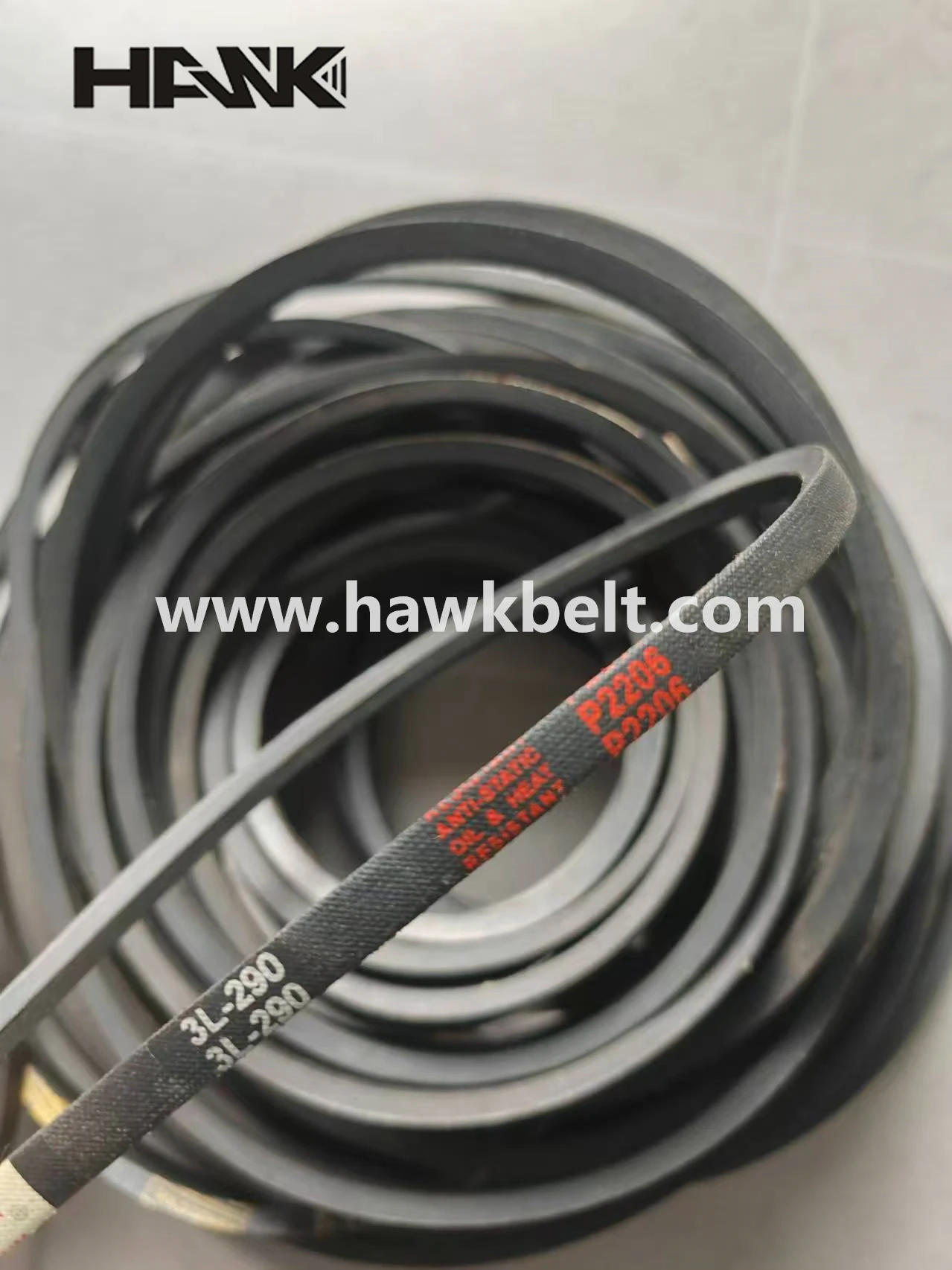- Arabic
- French
- Russian
- Spanish
- Portuguese
- Turkish
- Armenian
- English
- Albanian
- Amharic
- Azerbaijani
- Basque
- Belarusian
- Bengali
- Bosnian
- Bulgarian
- Catalan
- Cebuano
- Corsican
- Croatian
- Czech
- Danish
- Dutch
- Afrikaans
- Esperanto
- Estonian
- Finnish
- Frisian
- Galician
- Georgian
- German
- Greek
- Gujarati
- Haitian Creole
- hausa
- hawaiian
- Hebrew
- Hindi
- Miao
- Hungarian
- Icelandic
- igbo
- Indonesian
- irish
- Italian
- Japanese
- Javanese
- Kannada
- kazakh
- Khmer
- Rwandese
- Korean
- Kurdish
- Kyrgyz
- Lao
- Latin
- Latvian
- Lithuanian
- Luxembourgish
- Macedonian
- Malgashi
- Malay
- Malayalam
- Maltese
- Maori
- Marathi
- Mongolian
- Myanmar
- Nepali
- Norwegian
- Norwegian
- Occitan
- Pashto
- Persian
- Polish
- Punjabi
- Romanian
- Samoan
- Scottish Gaelic
- Serbian
- Sesotho
- Shona
- Sindhi
- Sinhala
- Slovak
- Slovenian
- Somali
- Sundanese
- Swahili
- Swedish
- Tagalog
- Tajik
- Tamil
- Tatar
- Telugu
- Thai
- Turkmen
- Ukrainian
- Urdu
- Uighur
- Uzbek
- Vietnamese
- Welsh
- Bantu
- Yiddish
- Yoruba
- Zulu
aug. . 16, 2024 21:38 Back to list
Understanding the Importance of Timing Belt Tensioners in Engine Performance and Maintenance
Understanding the Timing Belt Tensioner Importance and Maintenance
The timing belt tensioner is a critical component of an internal combustion engine that plays a key role in the operation of the timing belt system. The timing belt itself is responsible for synchronizing the rotation of the crankshaft and camshaft, ensuring that the engine's valves open and close at the appropriate times during each cylinder's intake and exhaust strokes. While the timing belt is essential, the tensioner is what keeps it taut and functioning correctly.
The Role of the Timing Belt Tensioner
The primary function of the timing belt tensioner is to maintain the correct tension on the timing belt. If the belt is too loose, it can slip out of alignment, which can lead to serious engine misfires or even catastrophic engine failure if the valves collide with the pistons. Conversely, if the tension is too high, it can put excessive pressure on the belt and related components, leading to premature wear or even breaking the belt.
Typically, the tensioner is designed as a spring-loaded pulley that automatically adjusts the tension to meet the needs of the engine under various operating conditions. Some modern engines employ hydraulic tensioners that provide even more precise adjustments based on the engine's speed and load.
Signs of Timing Belt Tensioner Issues
Recognizing when there is a problem with the timing belt tensioner is crucial to avoiding significant engine damage. Common signs include
timing belt tensioner

1. Noisy Operation A failing tensioner may produce a squeaking or grinding noise due to wear or loss of tension. 2. Timing Belt Slippage If the belt is slipping, you might notice decreased engine performance or issues with the timing of the engine cycle. 3. Misalignment A misaligned belt can lead to further damage, and visual inspection of belt alignment is advised if you suspect a tensioner issue.
4. Check Engine Light In some cases, the engine control unit may detect abnormalities and trigger a warning light.
Importance of Regular Maintenance
Regular maintenance of the timing belt system, including the tensioner, is critical for the longevity and efficiency of your engine. Most manufacturers recommend changing the timing belt at specific intervals, typically every 60,000 to 100,000 miles, depending on the vehicle. It is advisable to replace the tensioner at the same time, even if it appears to be in good condition.
Neglecting the maintenance of the timing belt and tensioner can lead to severe consequences. If a timing belt breaks due to improper tensioning, it can cause extensive engine damage and require costly repairs. In fact, some engines are “interference engines,” meaning that the pistons and valves occupy the same space and can collide if the timing is off, resulting in a complete engine rebuild.
Conclusion
In conclusion, the timing belt tensioner is an unsung hero in the engine compartment, silently working to ensure that the timing belt operates efficiently and effectively. Understanding its role, recognizing the signs of wear, and adhering to maintenance schedules are essential for keeping your vehicle running smoothly. Take the time to consult your vehicle’s maintenance schedule and ensure that this critical component is in optimal condition. Investing in timely maintenance could save you from the headaches and expenses associated with major engine repairs down the line. Remember that a well-maintained timing belt system not only enhances your engine’s performance but also contributes to the overall reliability of your vehicle.
-
Korean Auto Parts Timing Belt 24312-37500 For Hyundai/Kia
NewsMar.07,2025
-
7PK2300 90916-T2024 RIBBED BELT POLY V BELT PK BELT
NewsMar.07,2025
-
Chinese Auto Belt Factory 310-2M-22 For BMW/Mercedes-Benz
NewsMar.07,2025
-
Chinese Auto Belt Factory 310-2M-22 For BMW/Mercedes-Benz
NewsMar.07,2025
-
90916-02660 PK Belt 6PK1680 For Toyota
NewsMar.07,2025
-
drive belt serpentine belt
NewsMar.07,2025

